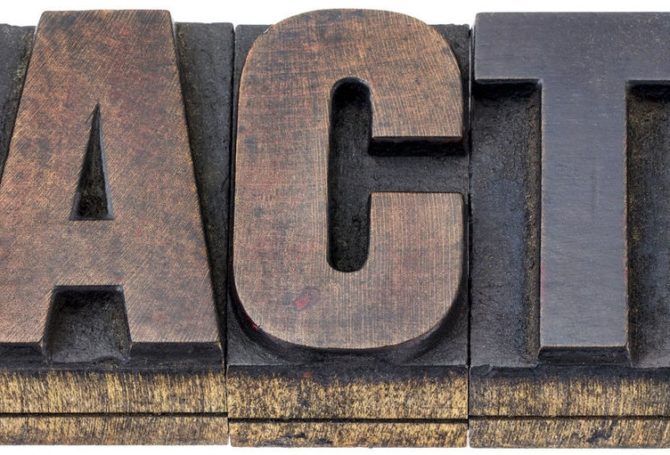The Best Crisis is the One You Avoid

The best crisis you can face is the one you took steps to avoid.
Avoiding a crisis requires a disciplined approach to identifying threats, analyzing those threats and addressing the threats that are most likely to occur and pose the gravest danger to your business, organization or reputation.
“Some CEOs think it is a waste of time, resources and money to examine the chassis when the car runs just fine. But as we all have experienced, your car stalls at the most inconvenient times and locations.”
Some CEOs think it is a waste of time, resources and money to examine the chassis when the car runs just fine. But as we all have experienced, your car stalls at the most inconvenient times and locations.
Problems can erupt even when you do nothing wrong. All of a sudden, there you are in a harrowing situation, facing a wall of microphones and watching yourself on the nightly news.
A key aspect of effective crisis preparedness is culling out the risks or vulnerabilities in your enterprise that you have the power to fix before they fester. This is where savvy companies, nonprofits and public agencies separate themselves from competitors or peers.
No potential problem is too small to consider fixing. Ask the CEO of the Canadian train company who filed for bankruptcy after a 73-car train carrying crude oil barreled downhill and exploded into a series of fires that destroyed a small Quebec city and killed at least 42 people. Were the brakes working? Were there proper safety procedures in place? Were personnel warned about the inherent dangers of carrying crude oil through populated areas?
Some risks are unavoidable. But many are avoidable — if addressed.
When you put your reputation first, you recognize the value of identifying, examining and ranking the risks you face. You also understand the benefit of taking steps that minimize or eliminate risks that fall largely or solely under your control.
Fixing those risks can keep you off the front page while creating differentiation that puts you top-of-mind for your customers, constituents or stakeholders.



